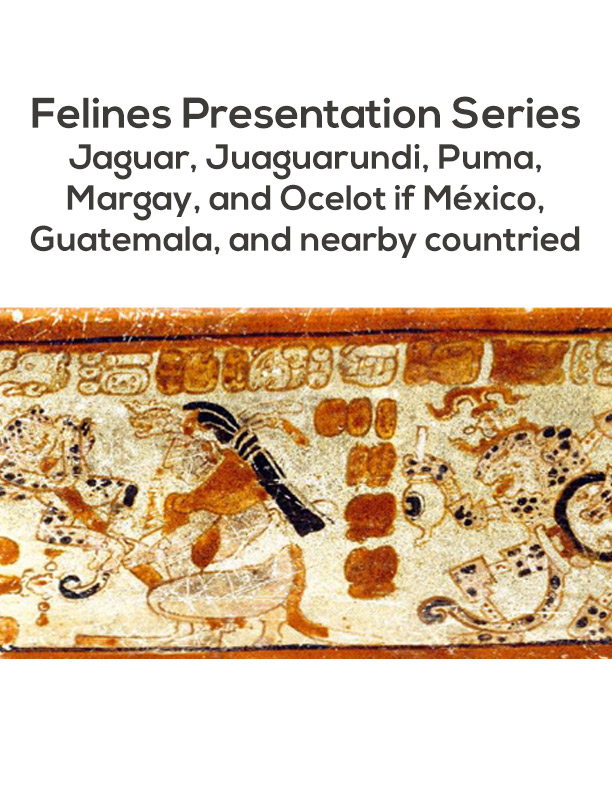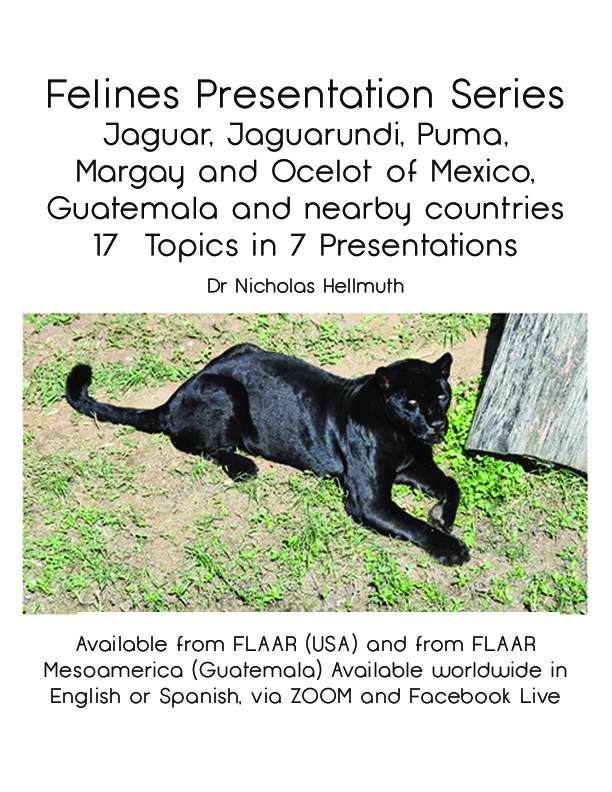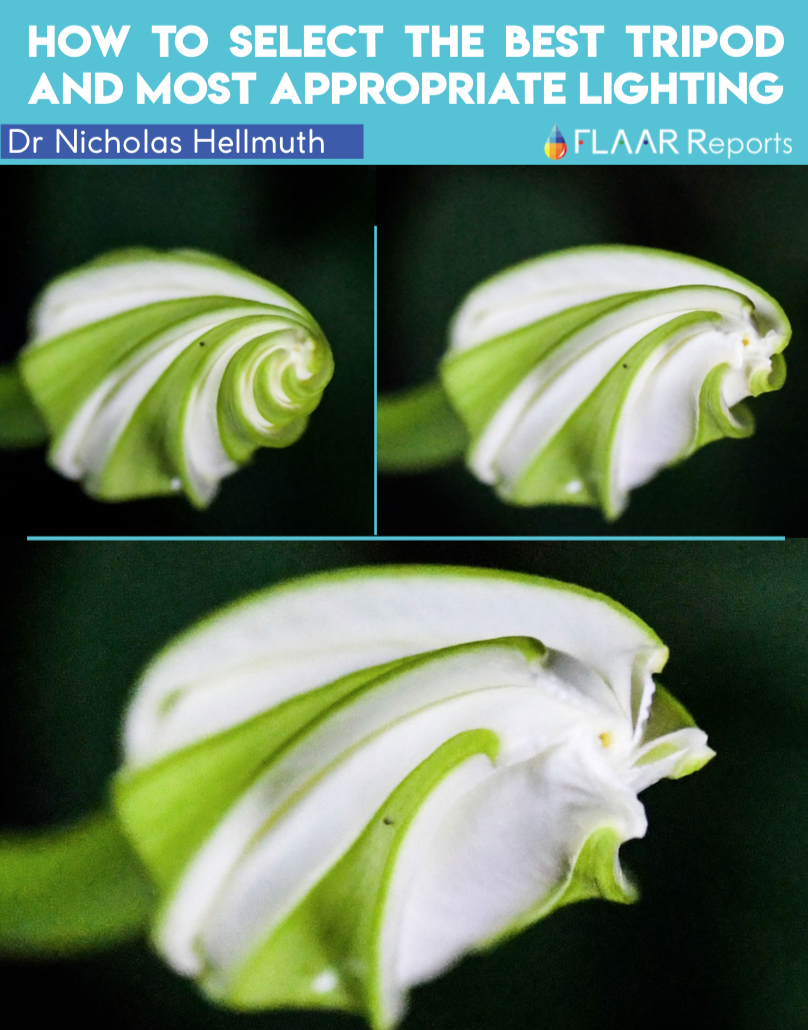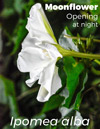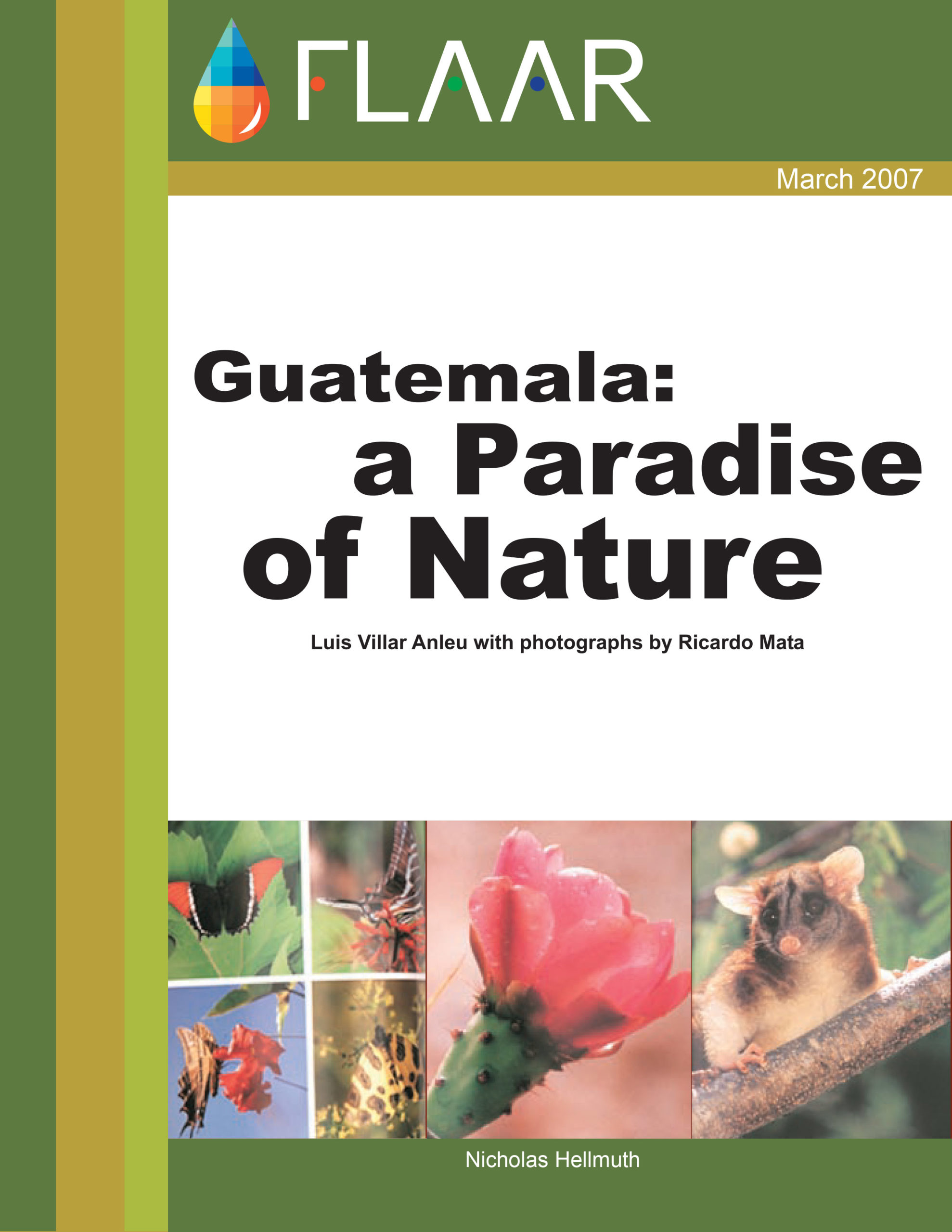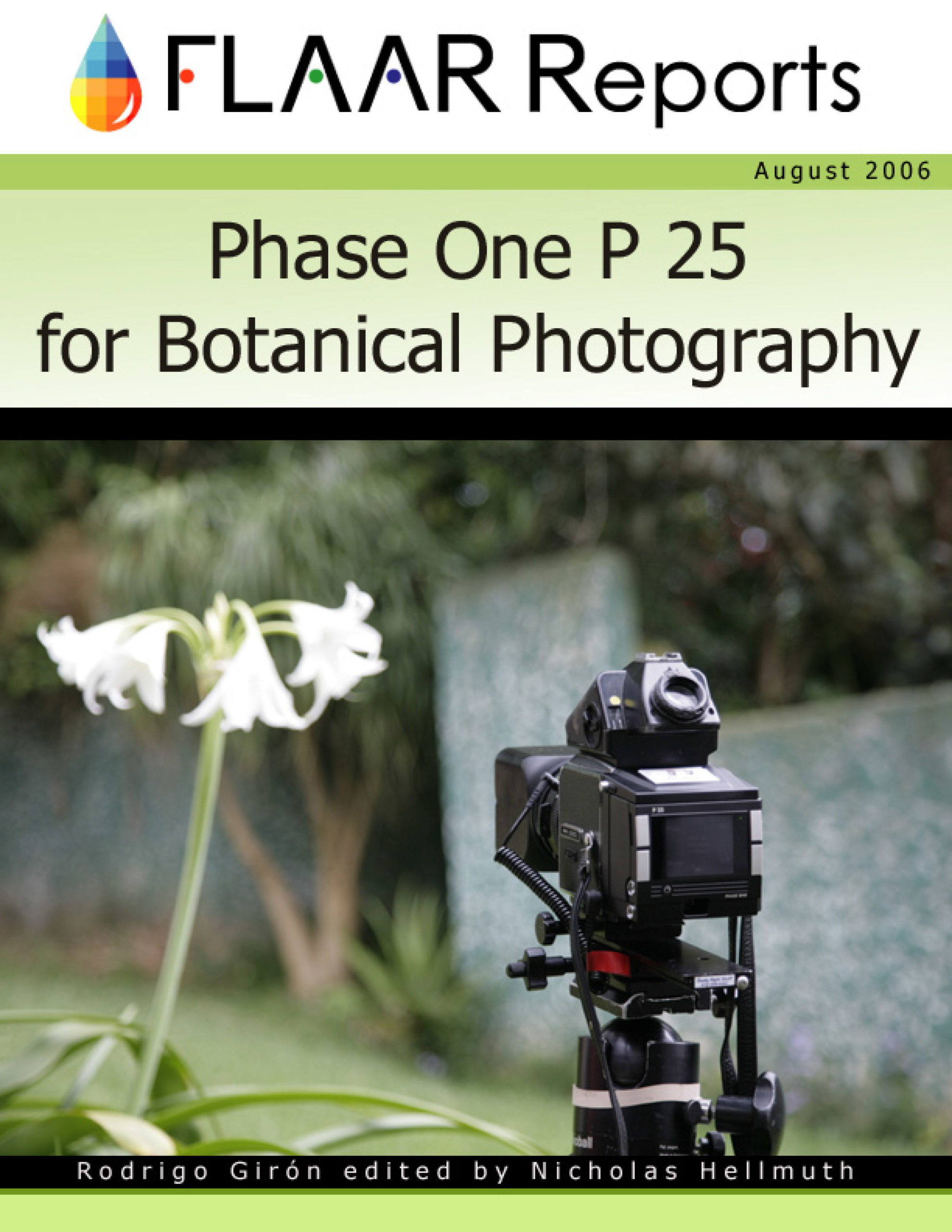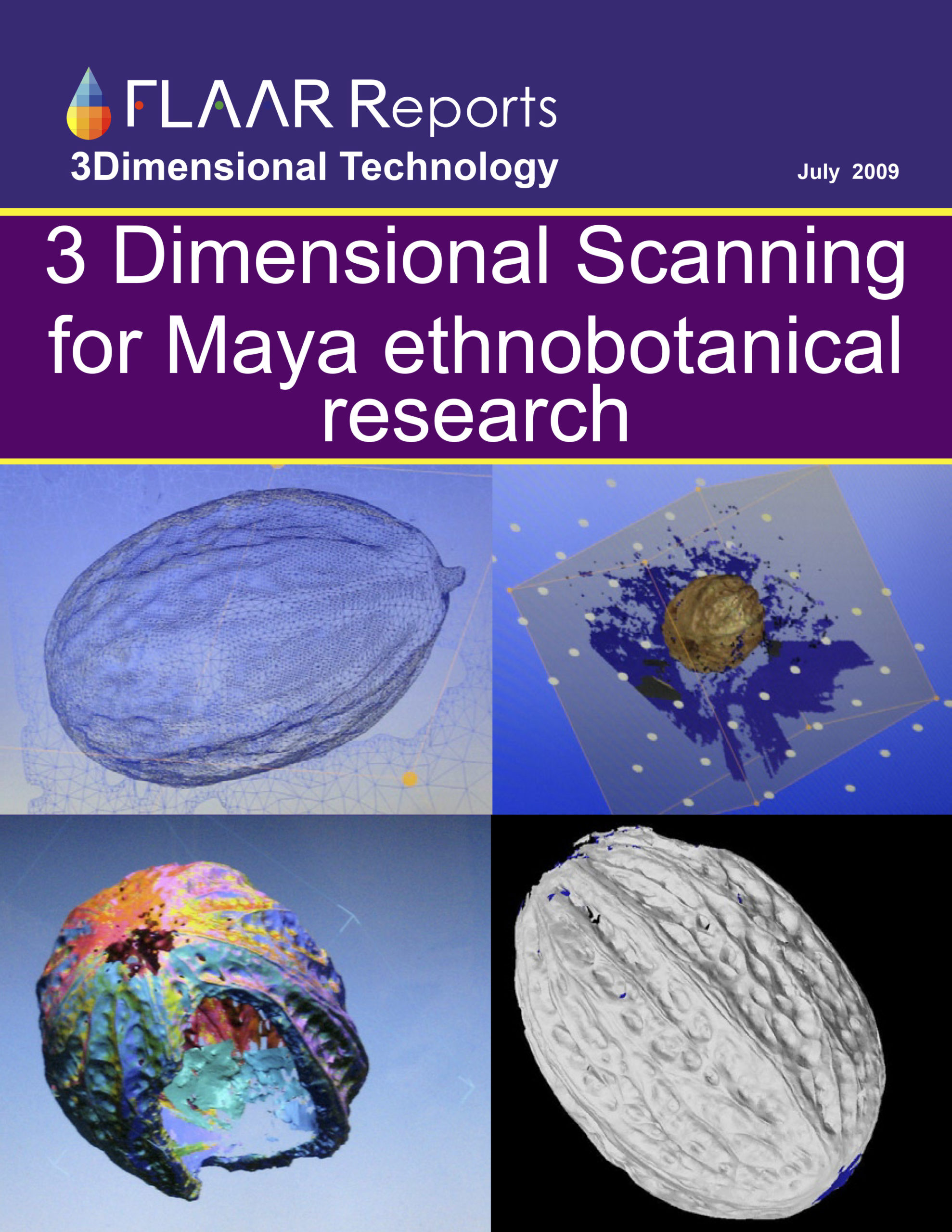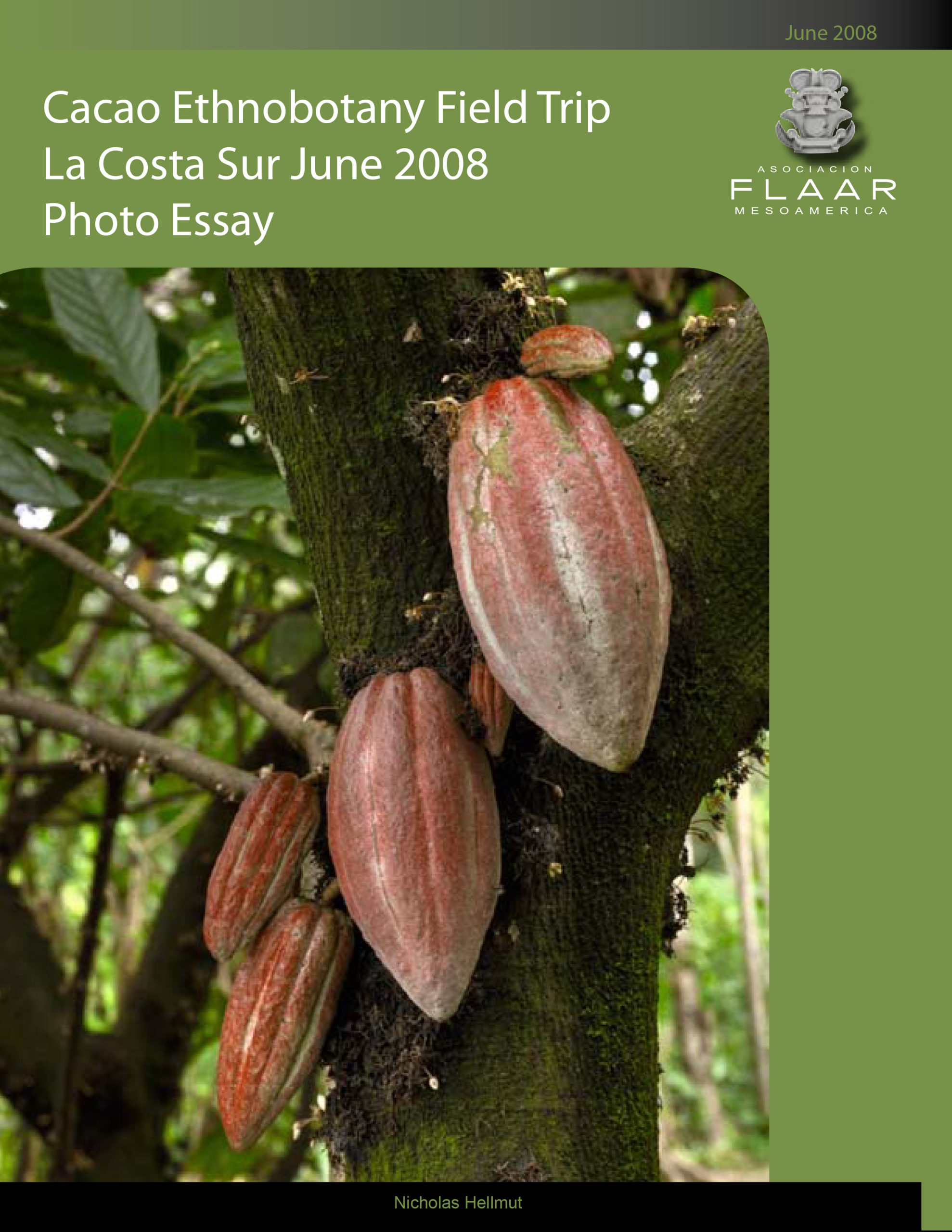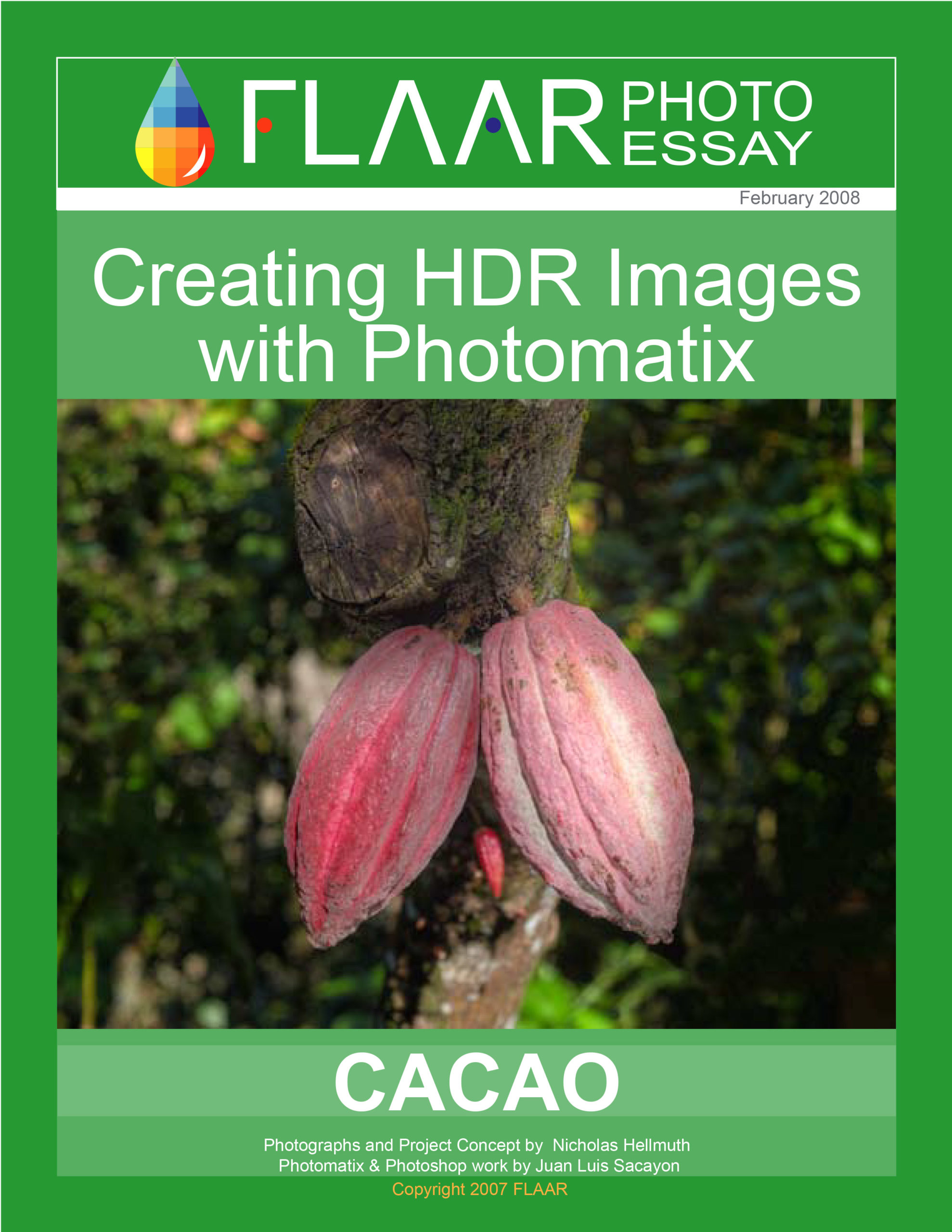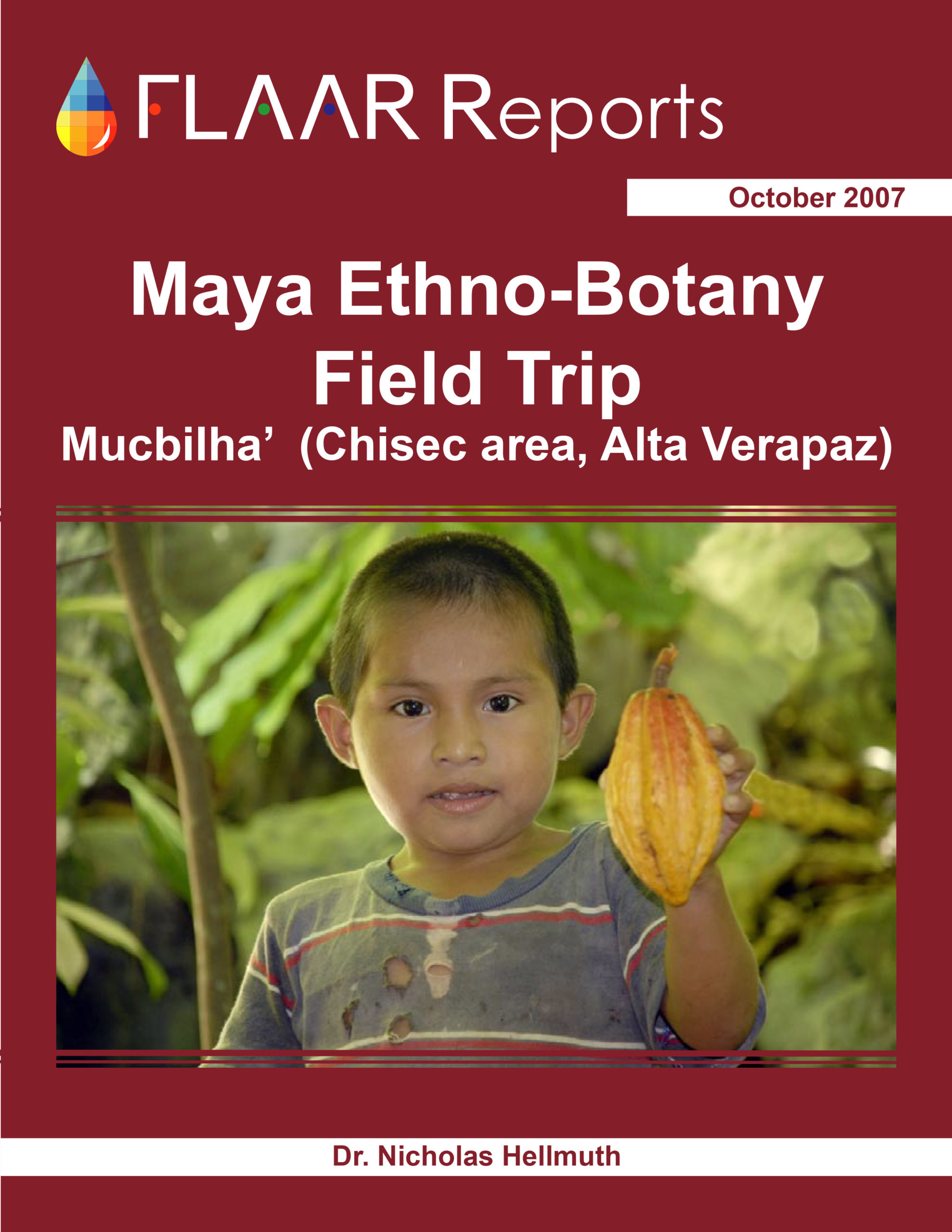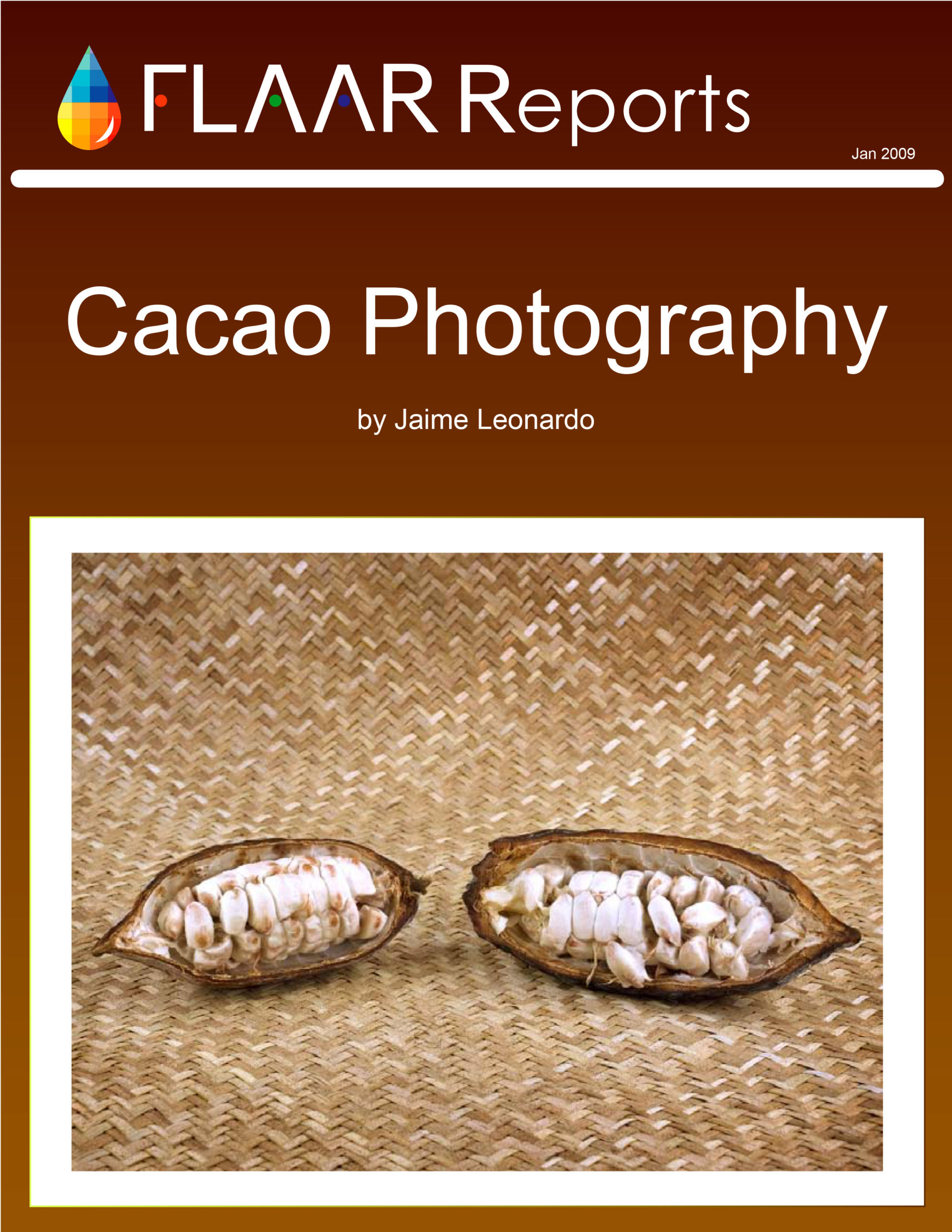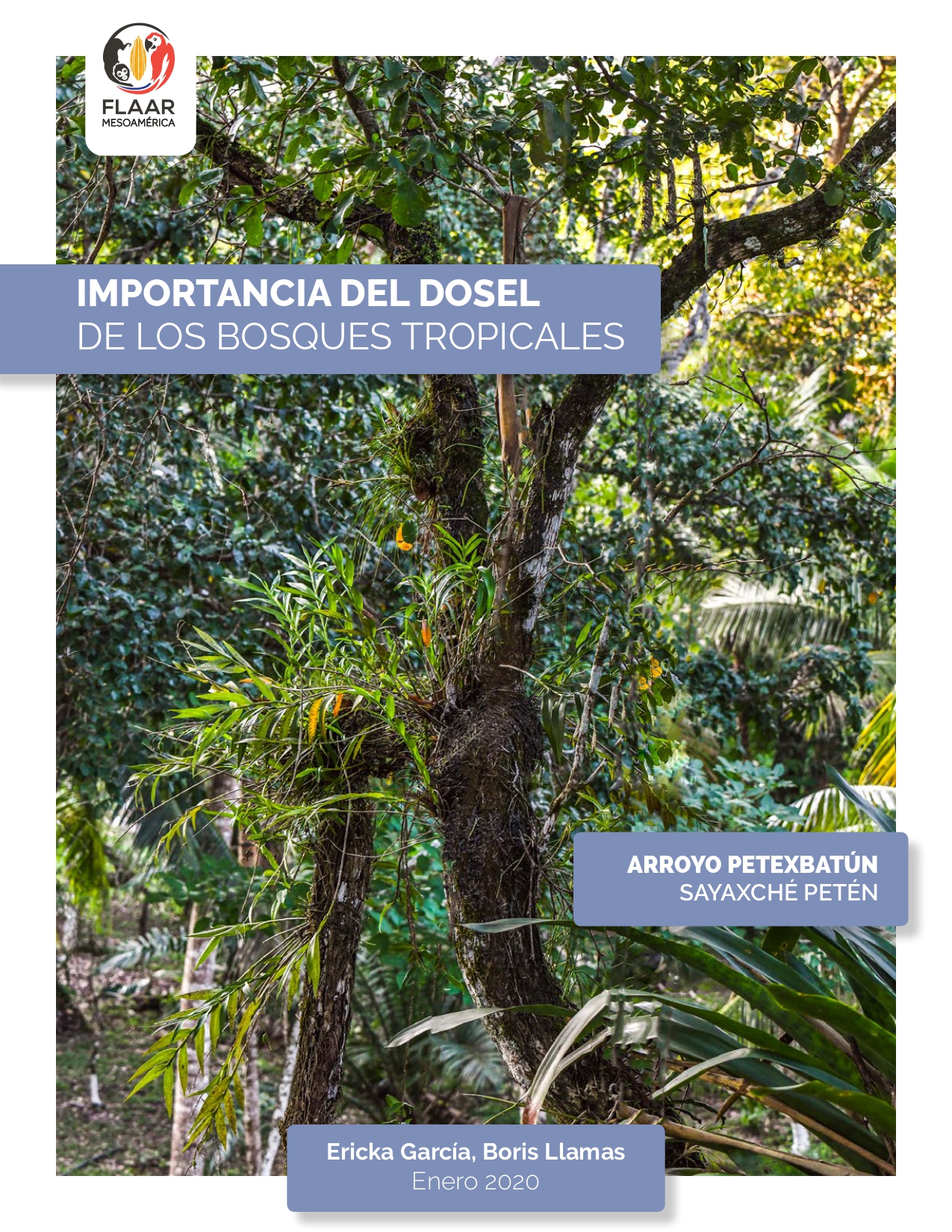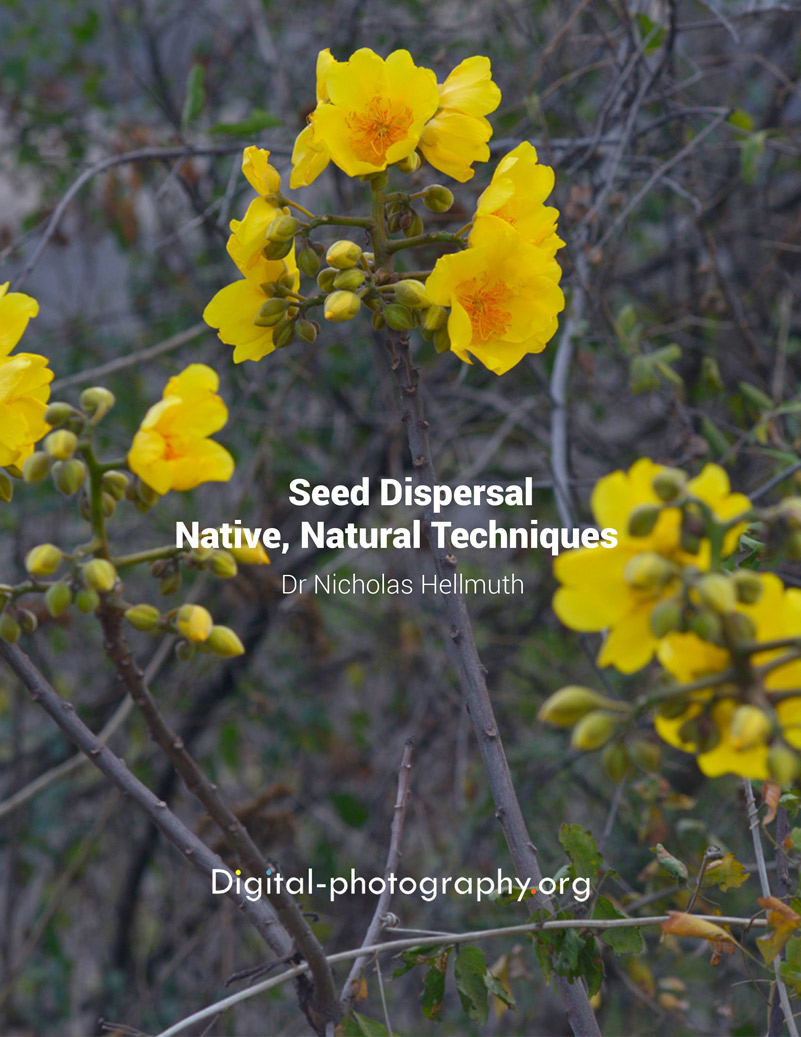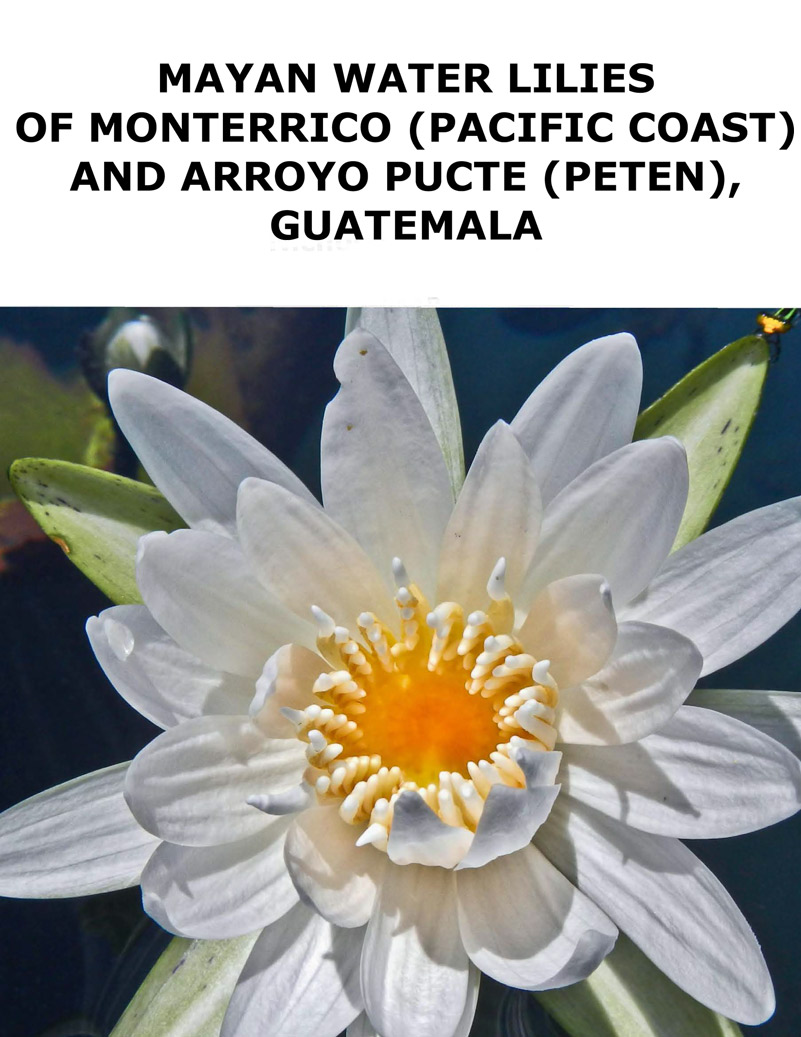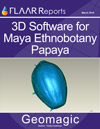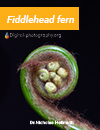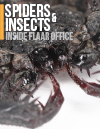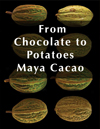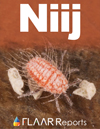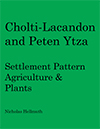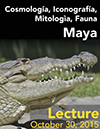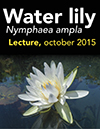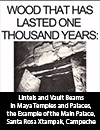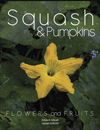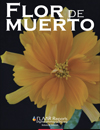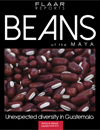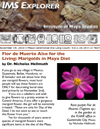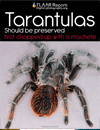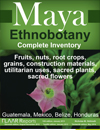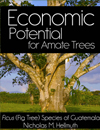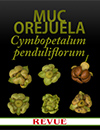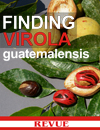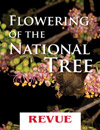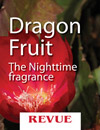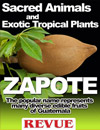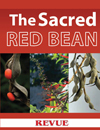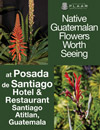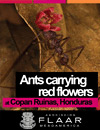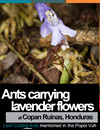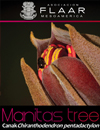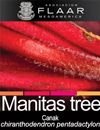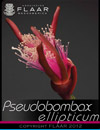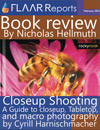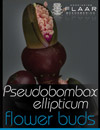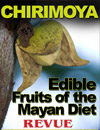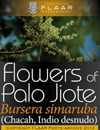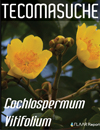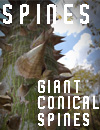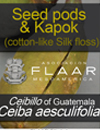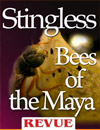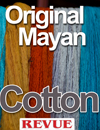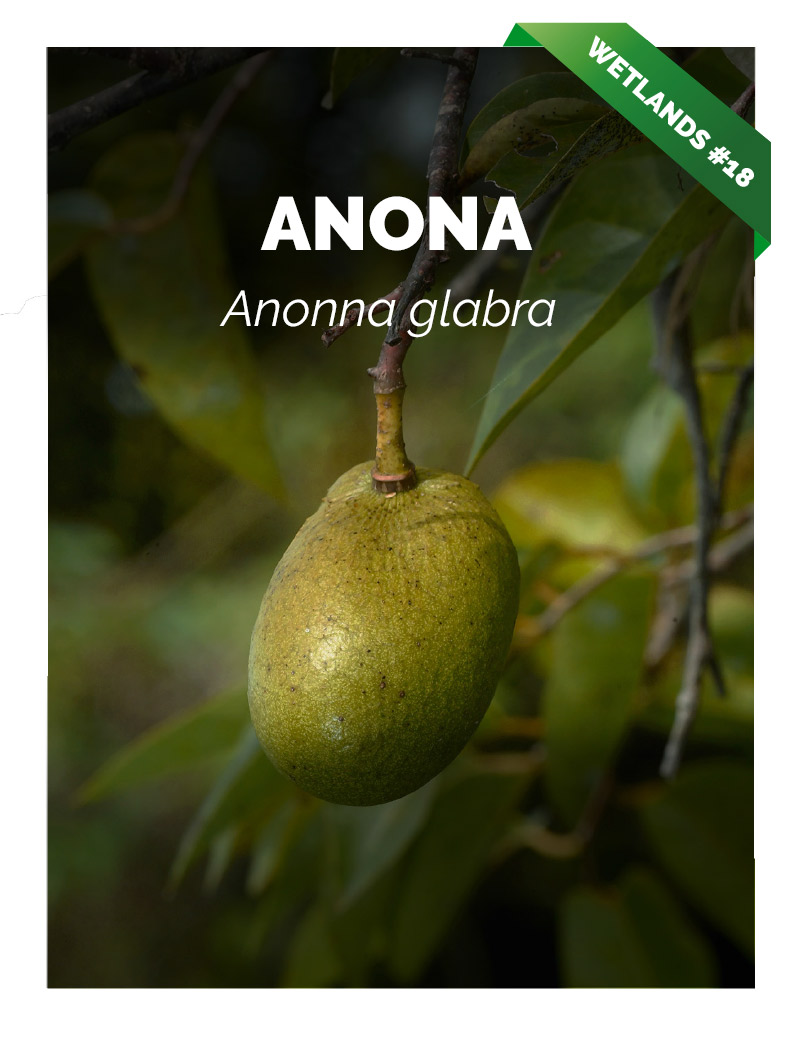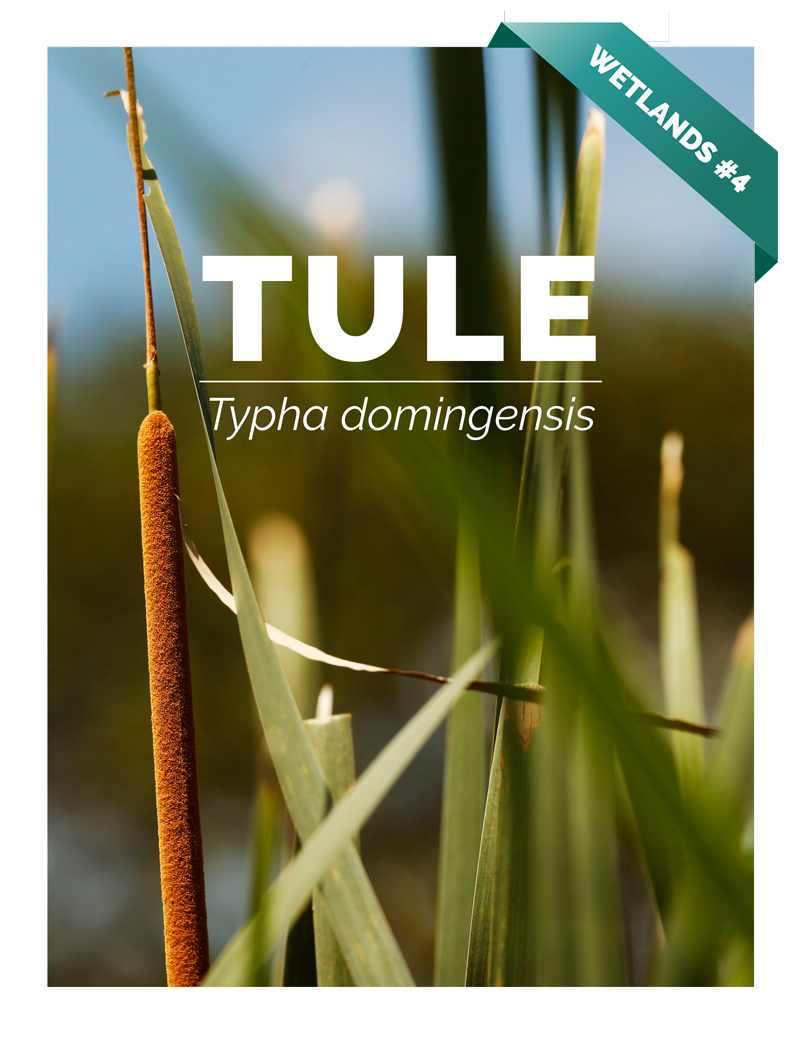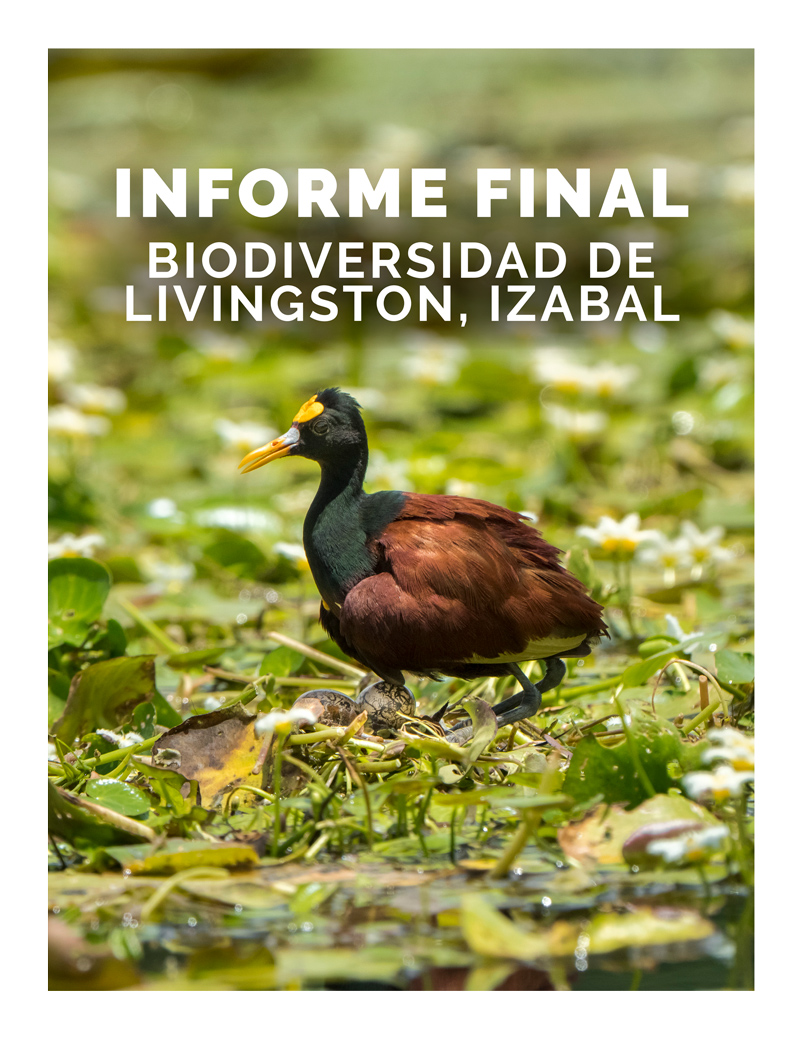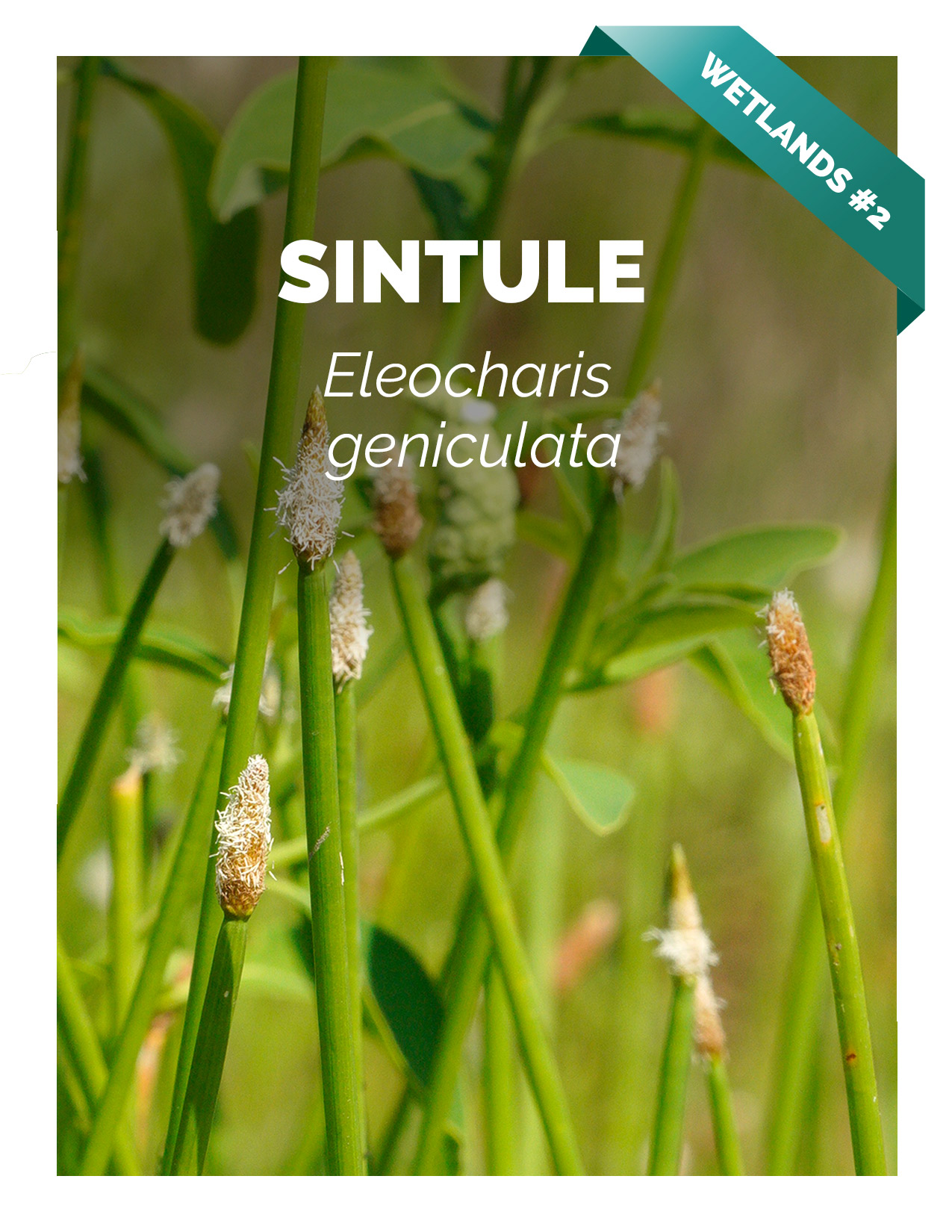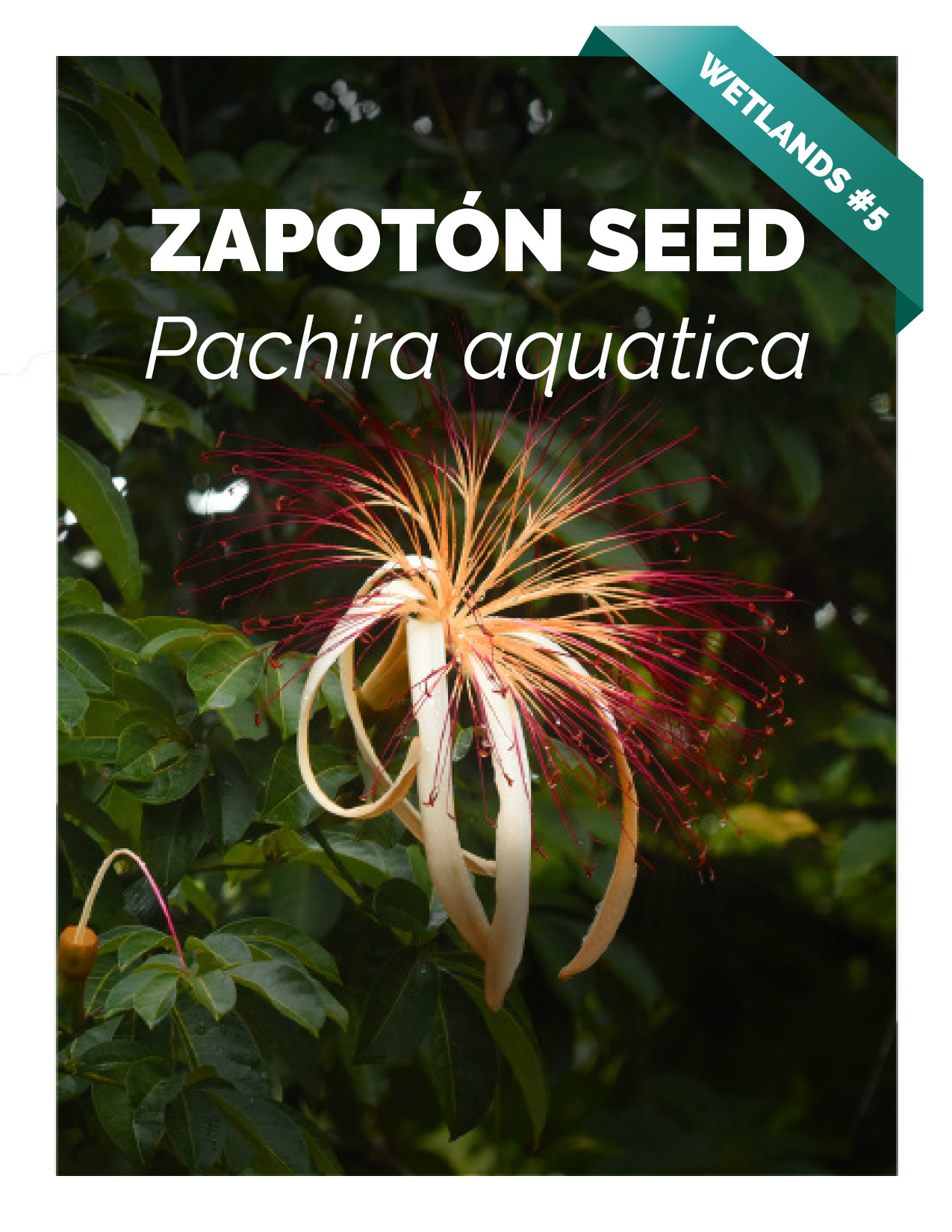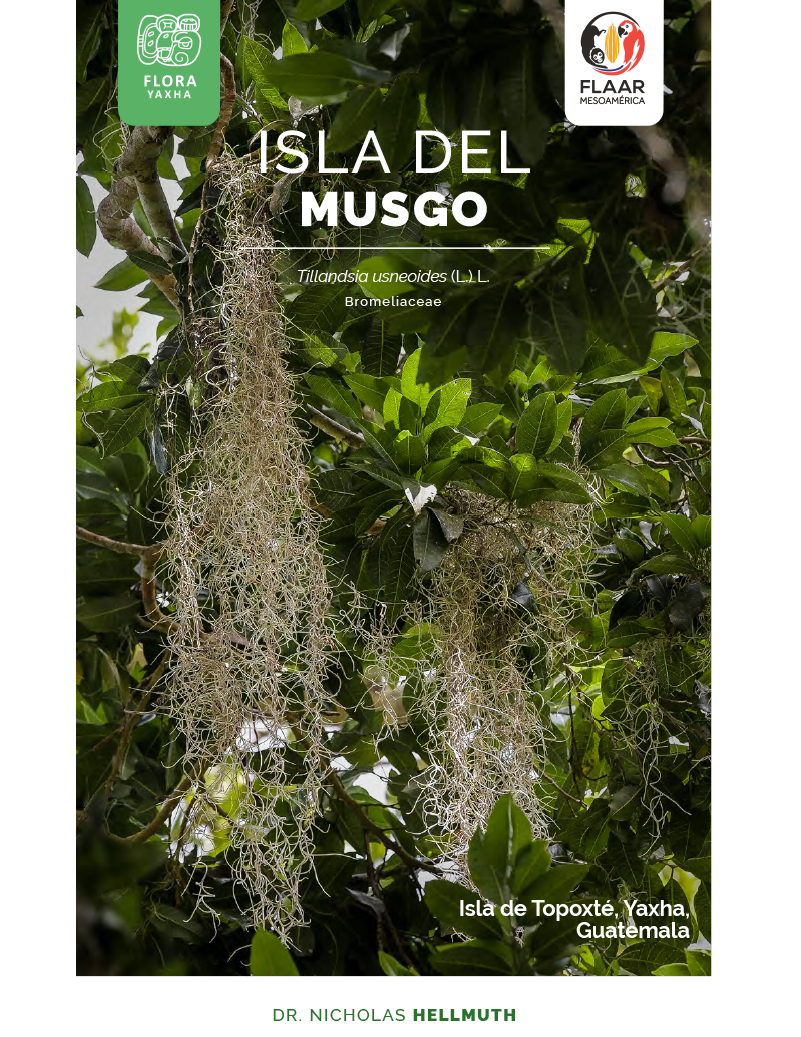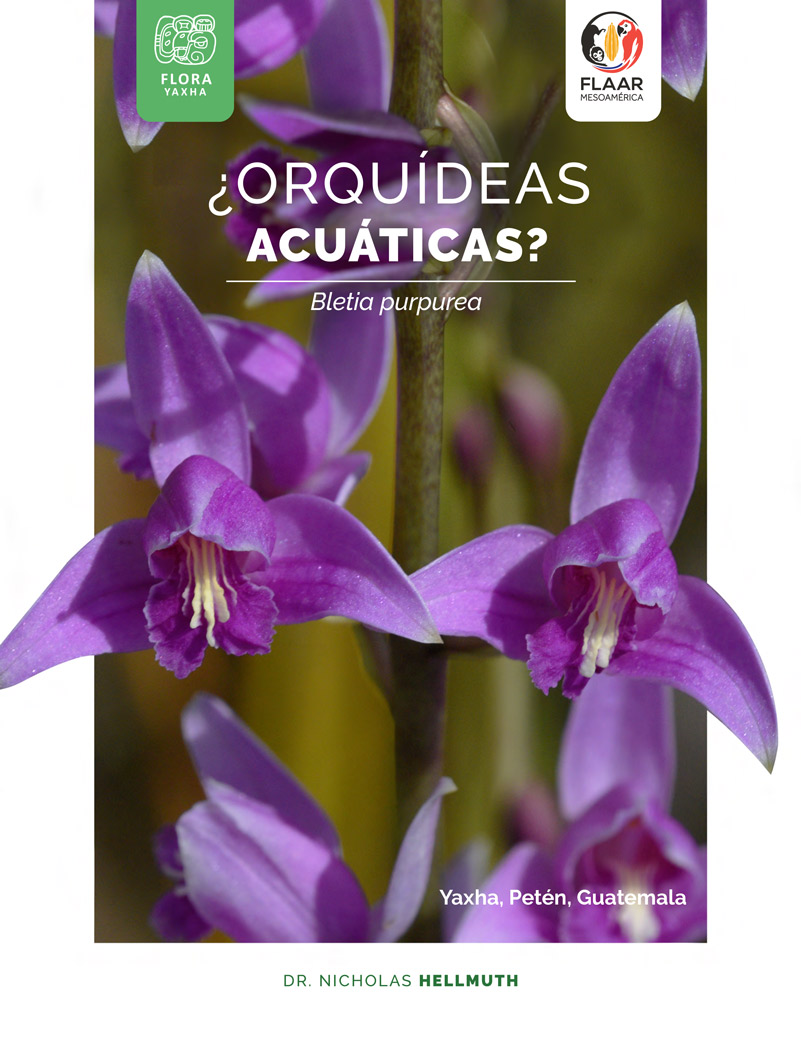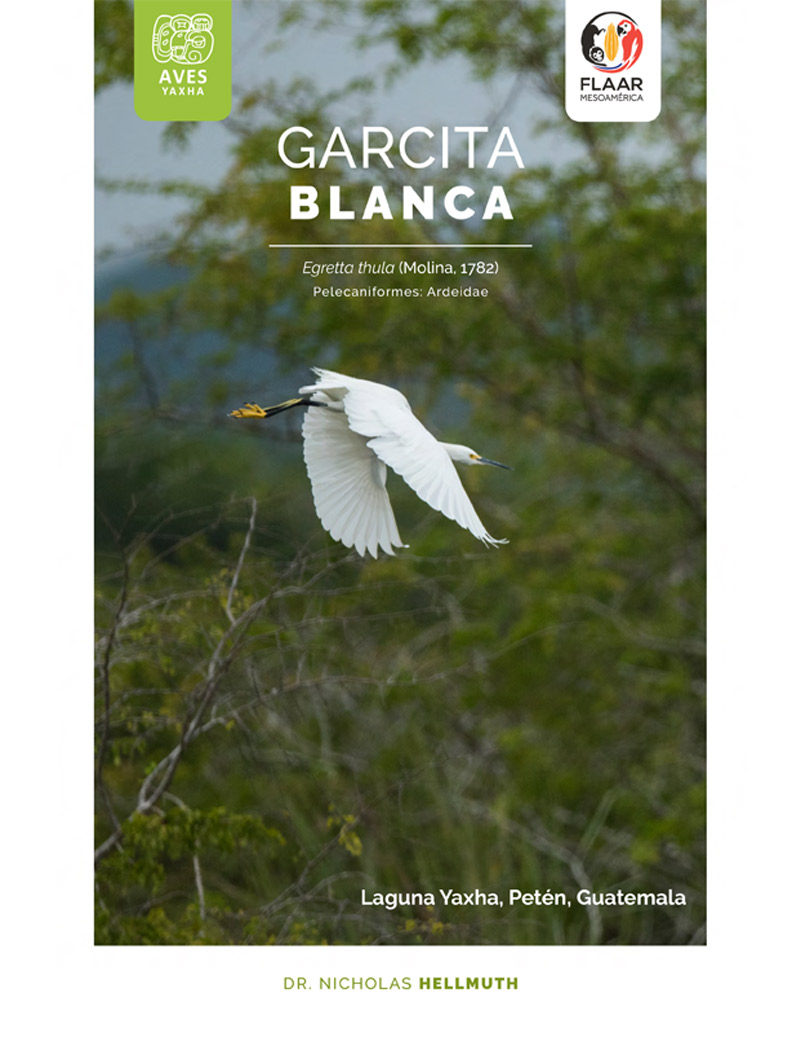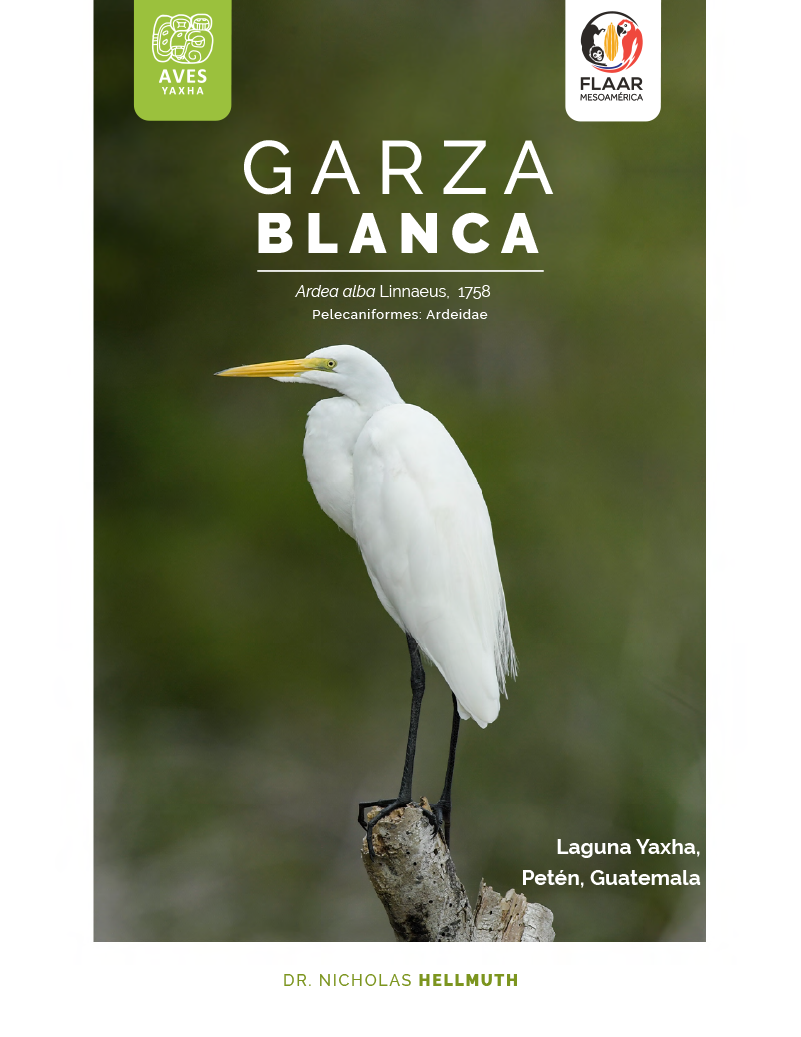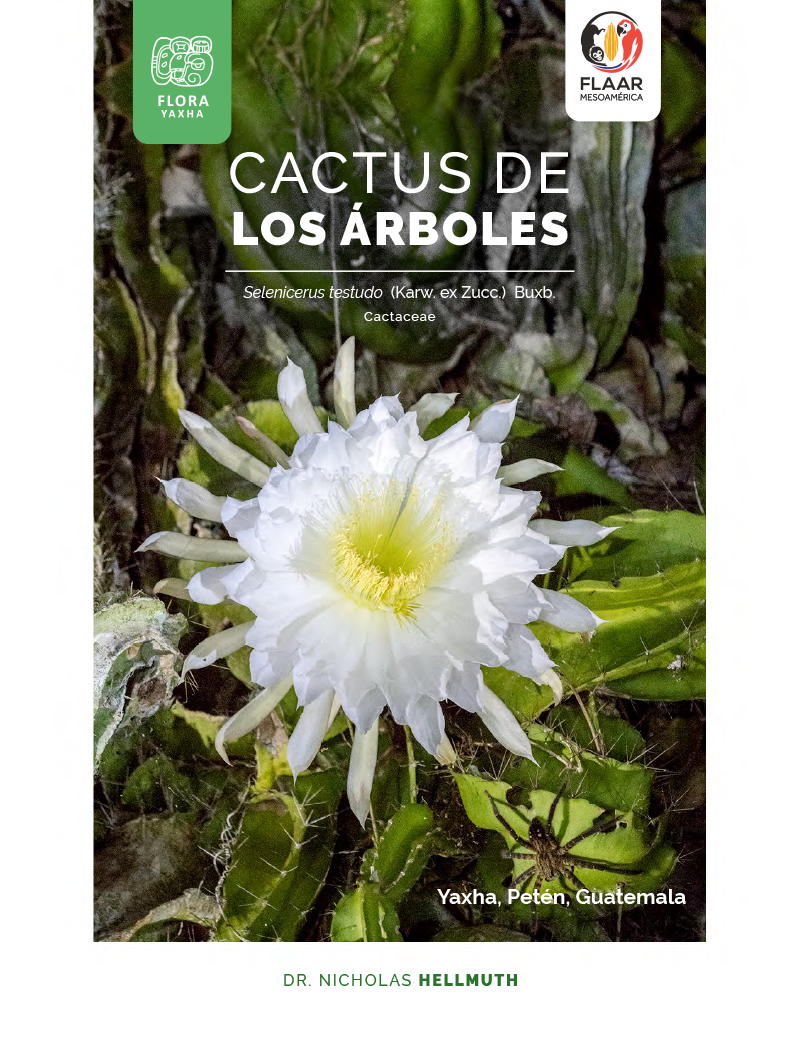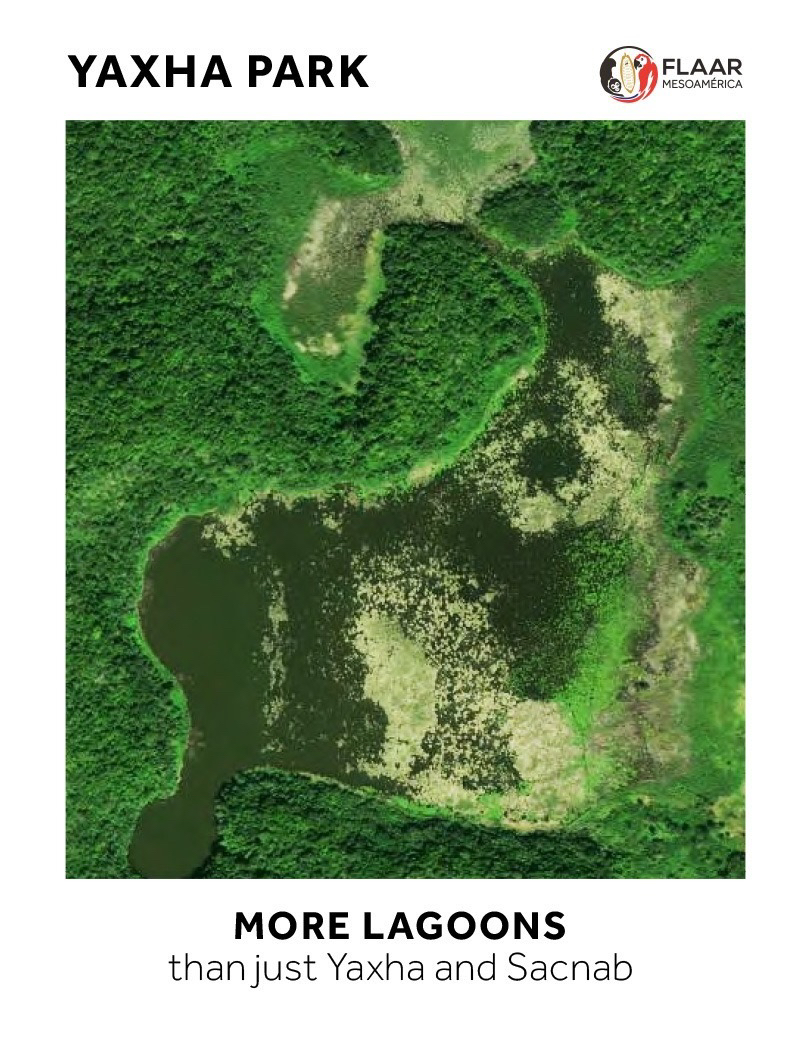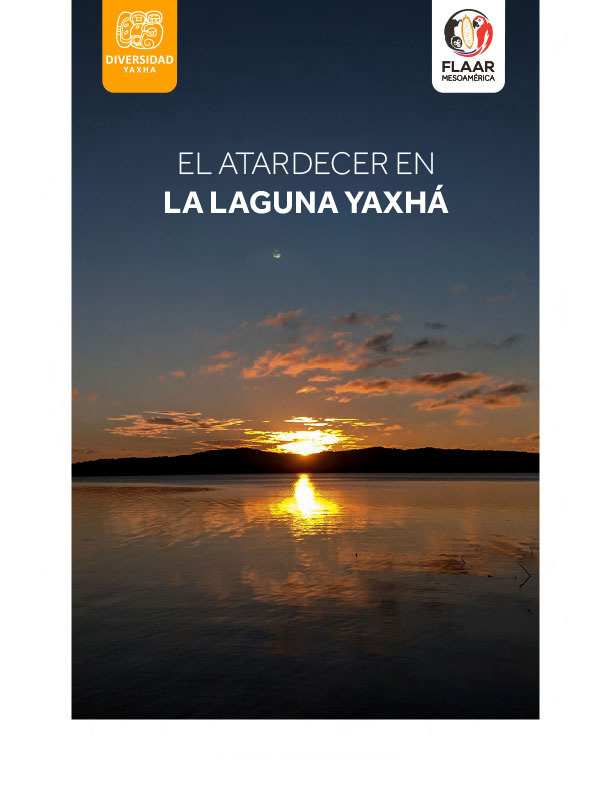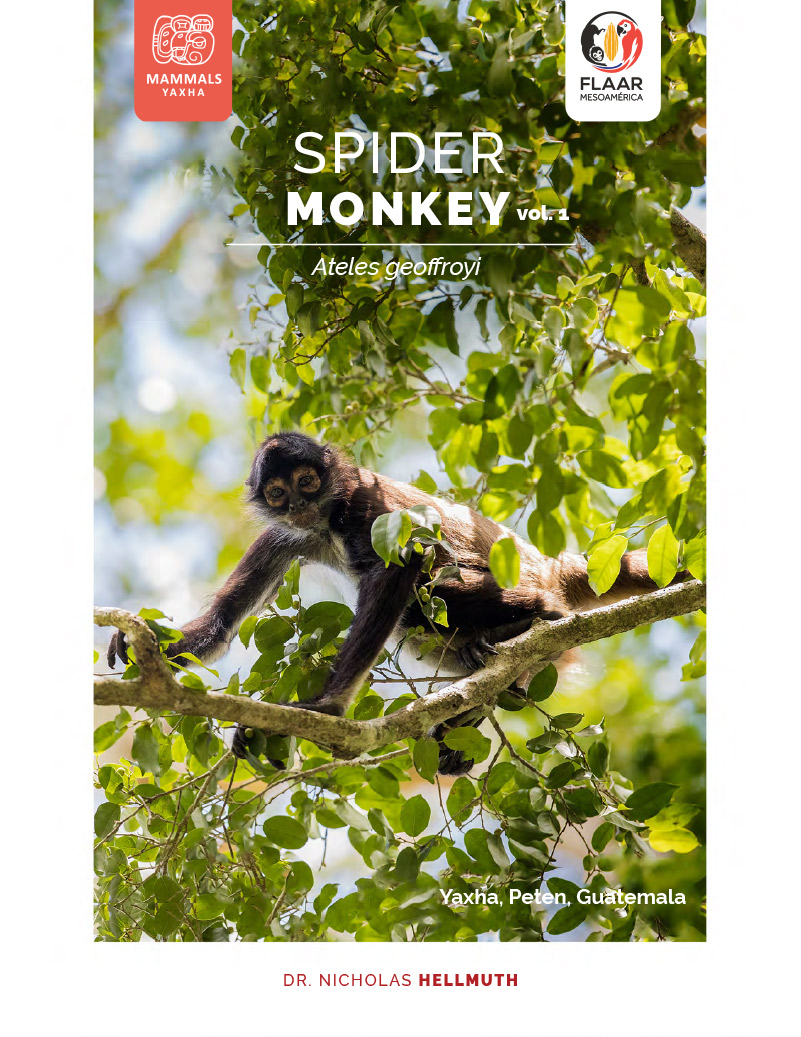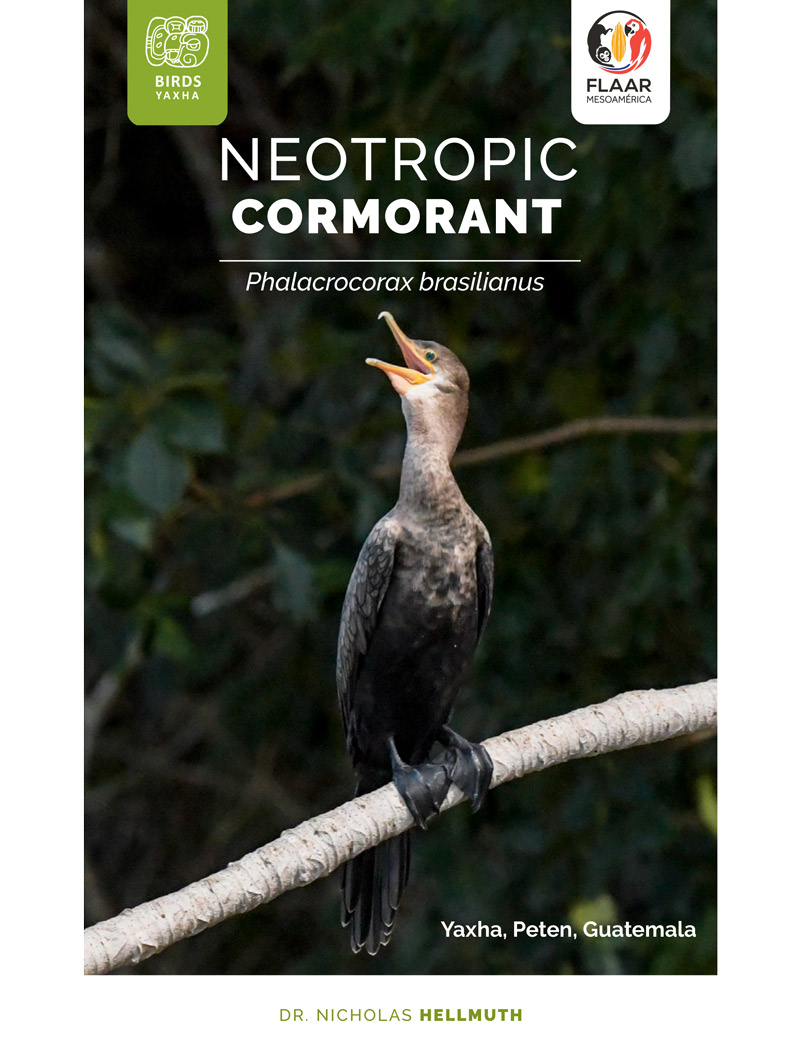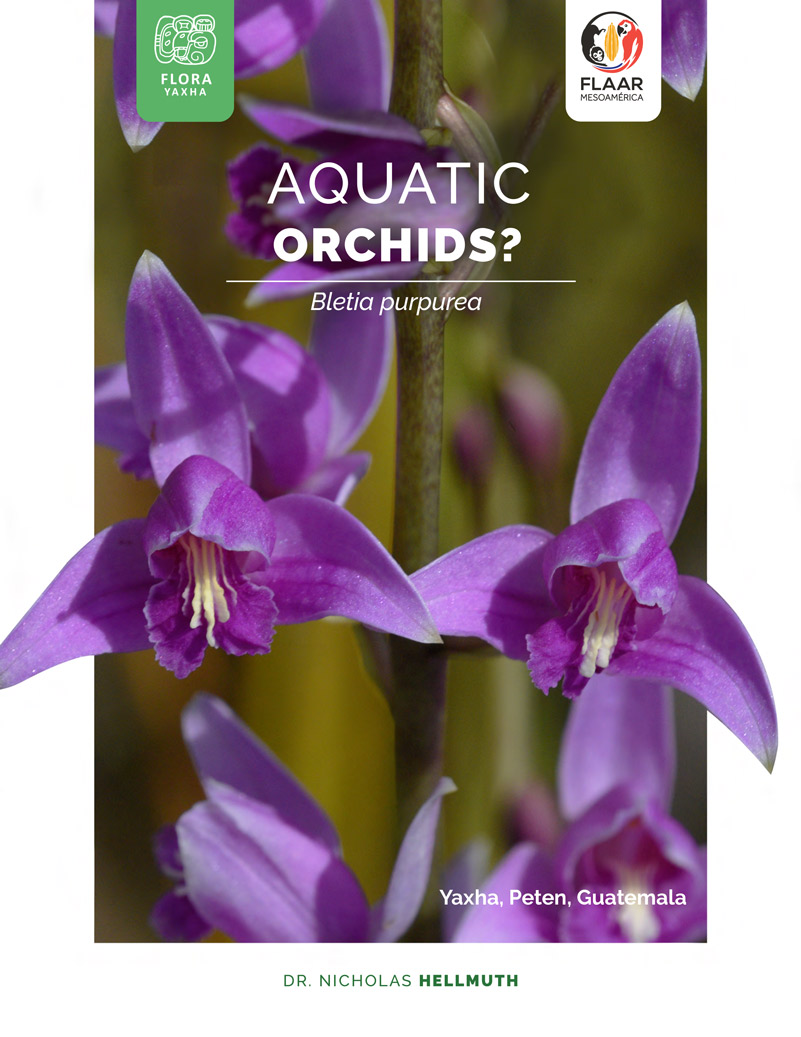Hibiscus pernambucensis, Plantscout. Aldea San Juan, Livingston. (2021) Photography by: Waldemar Cuz (Google Pixel).
General information on the species
Hibiscus pernambucensis Arruda, commonly known as Majagua and Seaside mahoe, is a shrubby species found frequently along the Brazilian coast, in mangrove and beach areas, although the species is native to coastal areas of Bermuda, southern Florida, the Bahamas, the Greater and Lesser Antilles, and from Mexico to the Atlantic and Pacific coastal habitats of South America (Cogni et al., 2003). It can grow like a tree the bark of the branches and trunk is gray an smooth, but it can present scales on old trees. The leaves are almost round (10-15 cm in diameter) and it produces large yellow flowers that change color to orange or red as they grow (CONABIO, 2012).
One taxonomic and ecological characteristics in representatives of Malvaceae is the presence of mucilage, both in vegetative and reproductive organs, produced by various secretory structures including canals and cavities (Rocha et al., 2011). There have been few studies about mucilage and the diversity of secretory structures in Hibiscus L.
Mucilages, secretions consisting mainly of proteins and phenolic substances, are widely distributed in plants, forming solutions that, in contact with water, become viscous (Rocha et al., 2011). These substances can perform different functions in plants according to Rocha et al. (2011) including:
- Protection of developing structures or organs
- Retention of water, storage of nutrients
- Protection against herbivory
This last function is the most important when it comes to H. pernambucensis. This plant has a lot of leaves consumed by herbivores and it has several strategies that provide defense against herbivory (Mistretta, 2010). Biotic defense is one in which the production of food rewards, like extrafloral nectaries (EFN) attract other organisms that protect the plant from herbivores (Mistretta, 2010).
Extrafloral nectaries are nectar-producing structures that, unlike floral nectaries, are not directly related to pollination (Mistretta, 2010). EFNs are plant secretory glands most commonly linked to defensive mutualisms (Rocha and Rodrigues, 2009). In Malvaceae, EFNs occur in form of furrows, chambers or depressions coated with multicellular secretory trichomes (Rocha and Rodrigues, 2009). These nectaries represent an abundant food resource and are visited by several ant species that generally exhibit aggressive behavior against herbivores (Mistretta, 2010). It general, the result of this interaction culminates in benefits for both the visitors and the plant, that is why it’s consider as mutualism.
Despite the representativeness of Malvaceae in tropical ecosystems, the secretory structure and activity of EFNs have been investigated in only a few members of this family, including Hibiscus, especially H. rosa-sinensis L. and H. pernambucensis (Rocha and Rodrigues, 2009).
Taxonomy
| Order | Malvales |
| Family | Malvales |
| Genus | Hibiscus |
| Species | Hibiscus pernambucensis |
| Common name | Majagua, clavelón de playa, hibiscus de playa, árbol de algodón, Seaside mahoe |
Uses of H. pernambucensis
Hibiscus pernambucensis, Plantscout. Aldea San Juan, Livingston. (2021) Photography by: Waldemar Cuz (Google Pixel).
The economic and ecological importance of H. pernambucensis has been highlighted by different authors:
- It has an economic potential as a source of textile and cellulose fibers for the manufacture of paper (Rocha and Machado, 2009).
- It provides abundant mucilage to be used in medicinal applications since it has antidiabetic and hypolipidemic activity, like other Malvaceae plants do (Rocha and Machado, 2009).
- It also produces lightwood used in the fabrication of small objects, toys and boxes for packaging (Rocha et al., 2011).
- It is an ornamental species and indicates for planting in degraded areas (Rocha et al., 2011).
- And finally, it plays an important role in the regeneration of mangroves, providing favorable conditions for the reestablishment of species typical of this habitat (Rocha and Machado, 2009).
This species has been widely studied in Brasil. Here we present a selected bibliography for you to learn more about H. pernambucensis and some studies involving it.
References Cited and Suggested Reading on Hibiscus pernambucensis
- 2012
- Patrones de distribución de la vegetación costera en el Golfo de México y Mar Caribe. 103 pages.
Here you can find photographs of the species as well as botanical illustrations.
- 2003
- The Ant Assemblage Visiting Extrafloral Nectaries of Hibiscus pernambucensis (Malvaceae) in a Mangrove Forest in Southeast Brazil (Hymenoptera: Formicidae). Sociobiology, Vol. 40, Num. 2, pages: 373-384.
- 2003
- Interhabitat differences in ant activity on plant foliage: ants at extrafloral nectaries of Hibiscus pernambucensis in sandy and mangrove forests. Entomologia Experimentalis et Applicata, Num. 107, pages: 125-131.
View Online:
https://onlinelibrary.wiley.com/doi/abs/10.1046/j.1570-7458.2003.00046.x
- 2004
- Morfología polínica de Hibiscus pernambucensis Arruda e Hibiscus tiliaceus L. (Malvaceae). Acta Biologica Leopoldensia, Vol. 26, Num. 2, pages: 203-211.
- 2010
- O papel dos nectários extraflorais na defesa de Hibiscus pernambucensis (Malvaceae) em três ambientes de restinga / El papel de los nectarios extraflores en la defensa de Hibiscus pernambucensis (Malvaceae) en tres entornos de playa. 4 pages.
Download Online:
http://ecologia.ib.usp.br/curso/2010/pages/pdf/PI/relatorios/mathias.pdf
- 2009
- Alocação de recursos e herbivoria em Hibiscus pernambucensis (Malvaceae) em uma área de restringa. / Asignación de recursos y herbívora en Hibiscus pernambucensis (Malvaceae) en una zona de playa. Science, 3 pages.
Download Online:
www.ecologia.ib.usp.br/curso/2009/pdf/PO4/PO4_tira_e_poe.pdf
- 2016
- Entomofauna asociada a Talipariti tiliaceum (L.) Fryxell en San Pedro de las Colonias y Francisco I. Madero, Coahuila. Universidad Autónoma Agraria “Antonio Narro”. 87 pages.
- 2016
- Herbivoria foliar em Hibiscus pernambucensis (Malvaceae), uma planta com nectários extraflorais: Quanto vale um recruta zero? / Herbivoría foliar en Hibiscus pernambucensis (Malvaceae), una planta con nectarios extraflorales: ¿cuánto cuesta un cero reclutador? Ecology, Vol. 48, Num. 2, 3 pages.
Download Online:
http://143.107.246.244/curso/2009/pdf/PI/I_ricardo.pdf
- 2000
- Anatomia Foliar de Hibiscus tiliaceus L. e Hibiscus pernambucensis Arruda (Malvaceae). Rodriguésia, Vol. 51, Num. 78, pages: 113-132.
Download Online:
www.scielo.br/j/rod/a/bDzjRZKBQT9QKZ6cJMv6SLL/?format=pdf&lang=pt
- 2011
- Estruturas secretoras de mucilagem em Hibiscus pernambucensis Arruda (Malvaceae): distribuição, caracterização morfoanatômica e histoquímica. Acta Botanica Brasilica, Vol. 25, Num. 4, pages: 751-763.
Download Online:
www.scielo.br/j/abb/a/PhNPPXztZRMT3XRS6n9gWBR/?format=pdf&lang=pt
- 2009
- Anatomy, ultrastructure and secretion of Hibiscus pernambucensis Arruda (Malvaceae) extrafl oral nectary. Revista Brasil. Bot., Vol. 32, Num. 3, pages: 489-498.
Download Online:
www.scielo.br/j/rbb/a/pYVHTfxSvpPPypLcdKRBVds/?format=pdf&lang=en
Suggested websites for Hibiscus pernambucensis
https://enciclovida.mx/especies/165250
Photos and distribution map on the species
First posted November, 2022.
Written by María José Toralla


